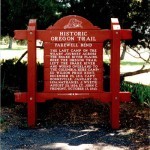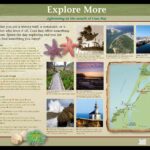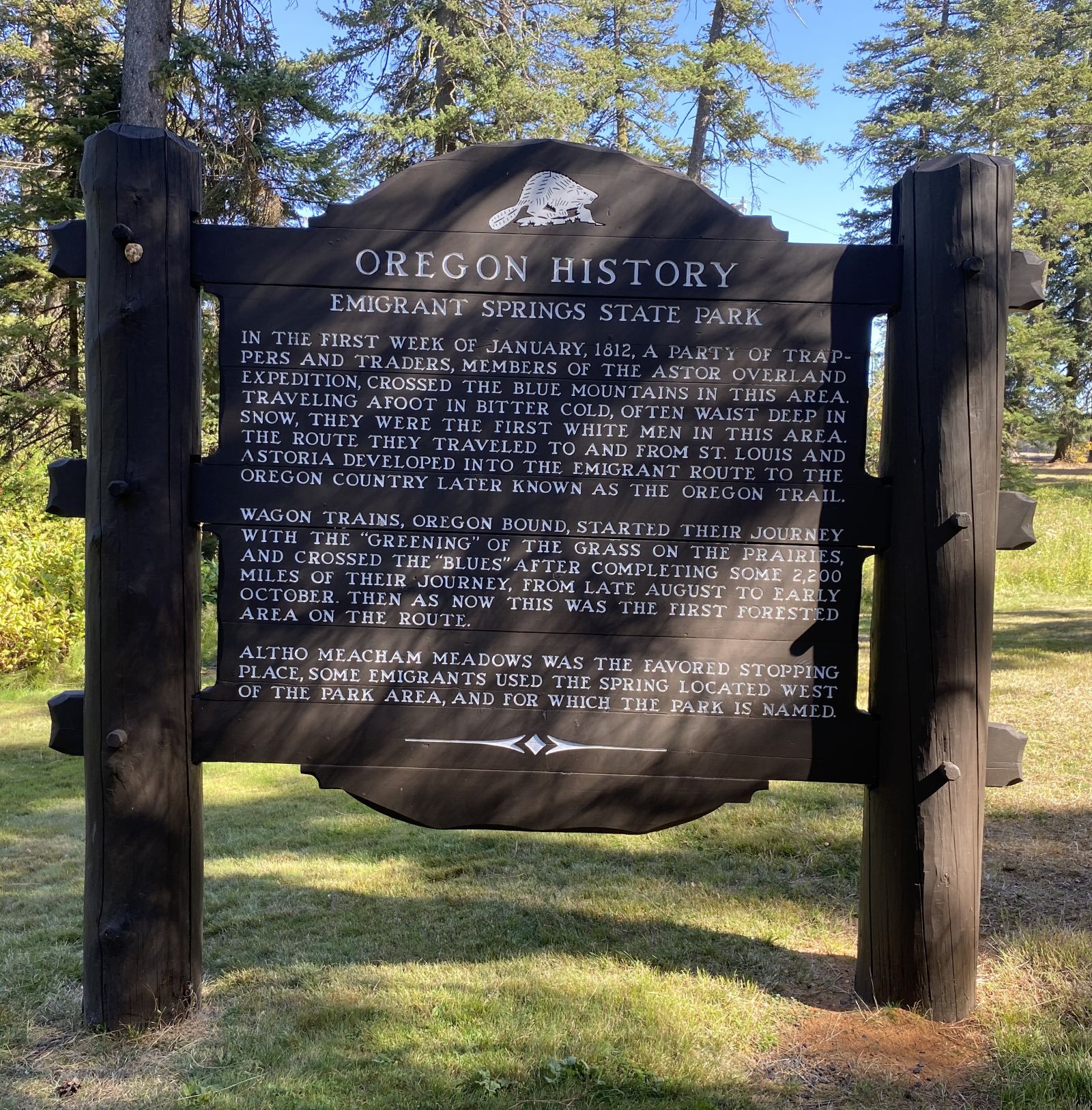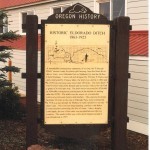First Coastal Expeditions
Posted on: October 10th, 2024 in Historical Marker Details |

Alexander R. McLeod led the first overland expeditions to Oregon’s central and southern coast between 1826-27. McLeod, a Chief Trader for the Hudson’s Bay Company at Fort Vancouver, sought furs and trading opportunities with tribes such as the Tillamook, Umpqua, Coos, and Coquille. Local tribes also provided information, canoes, and other assistance.
The McLeod expeditions included French Canadians, such as Michel Laframboise who served as an interpreter, as well as Hawaiians, …
 Payments
Payments







